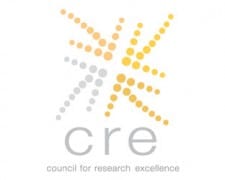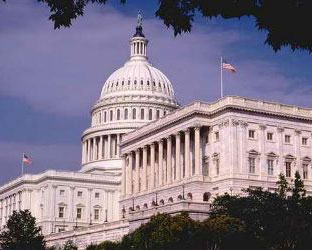 Consumers’ interaction with social media in relation to their television viewing is relatively modest compared to other forms of communication and lags behind other online media, TV promotions and, especially, offline communication, according to a new study. Only 12% of respondents use social media one or more times per day concerning TV.
Consumers’ interaction with social media in relation to their television viewing is relatively modest compared to other forms of communication and lags behind other online media, TV promotions and, especially, offline communication, according to a new study. Only 12% of respondents use social media one or more times per day concerning TV.
However, the number jumps to 37% using social media one or more times per week – suggesting growth potential for social media as an influence on TV viewing. Half of these respondents report viewing TV concurrently with using social media.
The research also identified several groups who are highly connected to social media and television, and who represent an important opportunity for marketers.
These are among numerous findings from an extensive, multi-pronged study, entitled “Talking Social TV,” to help determine how social media interaction impacts television viewing.
The research was spearheaded by the Social Media Committee of the Council for Research Excellence (CRE), and included a quantitative study by the Keller Fay Group, an ethnographic study by Nielsen Life360, and social media analyses by NM Incite and Bluefin Labs. An academic team including Peter Fader of The Wharton School of the University of Pennsylvania, Mitch Lovett of the Simon School of Business at the University of Rochester, and Renana Peres of The Hebrew University of Jerusalem, was engaged to undertake statistical modeling.
A formal presentation of the findings, by a group led by Beth Rockwood, senior vice president, market resources of Discovery Communications, who chairs the CRE’s Social Media Committee, is scheduled for the Advertising Research Foundation’s (ARF) Audience Measurement 8.0 conference, June 10-11, 2013. A subsequent event will be held on June 25 offering a fuller presentation of findings, featuring some insights uncovered by advanced analytics performed by the academic team.
Among the study’s many findings:
· In terms of social-media influence, only 1.5% of study respondents report being drawn to existing TV shows by social media – but that number increases to 6% when asked about new shows;
· Social media use varies by genre; Sci-Fi, Sports and Talk/News show strong interaction overall, both while people are watching and while they are not watching. Reality programming’s interaction is much stronger while people are watching, less so before or after the program. Comedy follows an opposite pattern, with less interaction during the program and more interaction in reaction to the program;
· “Super Connectors,” defined as those most actively involved in social media usage related to TV viewing, are 12% of the public, and tend to be younger and are more likely female. Other groups also are active, although Super Connectors are not well represented among adults over 45 years of age;
· Super Connectors are far more likely to be involved with all means of communication about television (online, marketing and word of mouth). They were two-to-three times as likely to interact with social media related to television as the general population;
· Hispanics are more involved with social media than the general population, especially while watching television. However, they did not approach the level of interaction of the Super Connectors. While watching, Hispanics are 50% more likely to interact with social media related to television, and to interact with most television genres, led by sports programming;
· Mobile device ownership (smartphones and tablets) increases social media interaction; in on-demand and online watching occasions, social media played a role twice as often;
· People use social media to discuss TV shows even when others are watching with them.
“There has been a lot of buzz about the relationship between social-media usage and TV consumption, but until now there has not been a lot of thorough analysis,” Rockwood said. “As was our objective, this study has helped us gain insights about the increased role of social media in television viewing and the impact that has on consumer behaviors. It also has given us a better understanding of how measurement of consumer behaviors can be improved, as well as the characteristics of the ‘Super Connecters,’ the most active and influential users of social media.”





